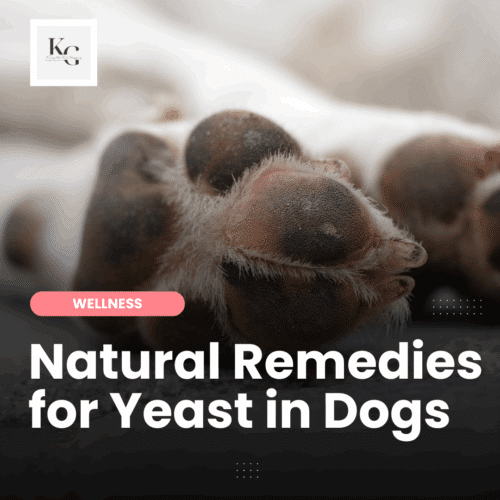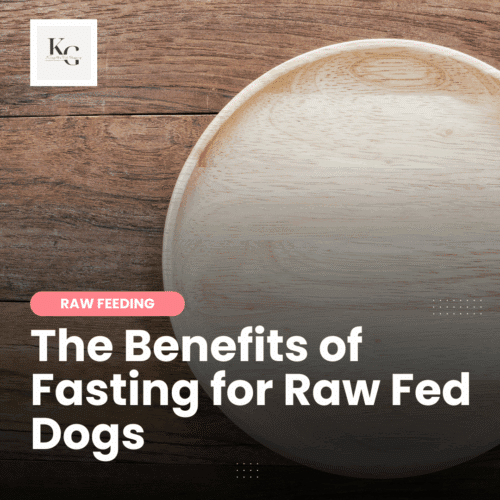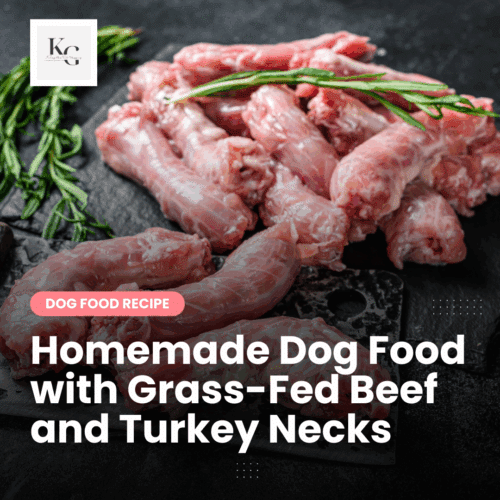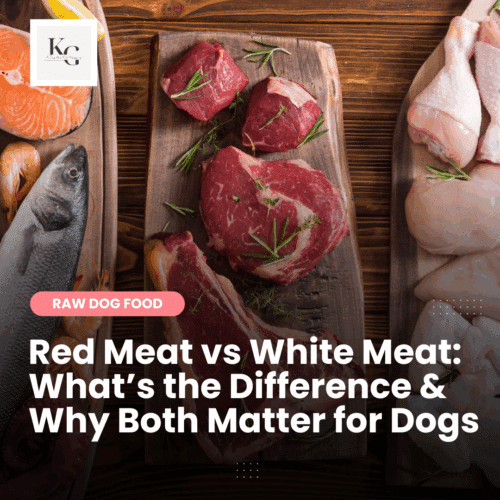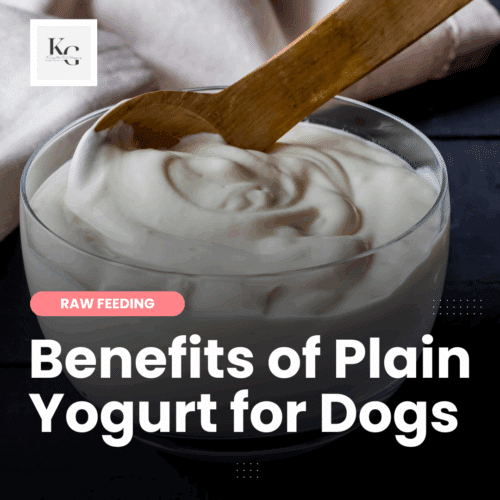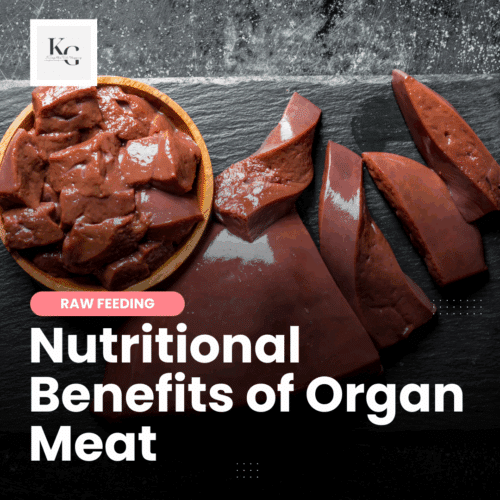Keep the Tail Wagging is supported by pet parents. I occasionally earn a commission (at no additional cost to you) when you click through an affiliate link to one of my favorite products. Thank you for your support. Read More
To meet my dogs' nutritional needs, I use a base mix (Raw Vibrance and Paradigm) and alternate proteins in their diet (duck, pork, beef, and chicken). Dog owners are often surprised to learn that pork is one of the main proteins in my dogs' raw diet. Many people believe pork isn't safe to feed dogs due to parasites, mainly trichinosis and cysticercosis. So, let's talk about it – is raw pork safe to feed to dogs?
What is Trichinosis?
Trichinosis in pork is a disease that is caused by a parasitic roundworm called Trichinella spiralis. This disease can be contracted by consuming undercooked pork that has been infected with the parasite. Once ingested, the parasite will enter the intestines, laying eggs and multiplying. The larvae will then travel through the bloodstream to muscles, where they can cause inflammation and swelling. While trichinosis is rare in developed countries due to proper cooking techniques and animal husbandry practices, it is still a concern in areas where pork is consumed raw or undercooked.
How Common is Trichinosis?
Trichinosis used to be prevalent in the US, but thankfully, infections are now rare. This is largely thanks to government regulations prohibiting feeding raw-meat garbage to hogs and the popularization of home and commercial freezing of pork.
According to the USDA, trichinellosis has been rarely reported in the U.S. in the last 40 years, and commercially raised and properly prepared pork poses a very low risk. It's essential to remember that black bears and wild hogs can carry the dangerous Trichinella infection, which, according to the CDC, has been linked to confirmed cases and even outbreaks of trichinellosis among hunters in the United States.
The Mayo Clinic reports that trichinosis is more common in rural areas around the globe, with higher infection rates being found in regions that raise hogs and where people are consuming wild or noncommercial meats.
Does Freezing Kill Trichinosis?
There's mixed information regarding the effectiveness of freezing pork to kill parasites. According to the Government of Northwest Territories, “Freezing meat does NOT kill the Trichinella species found in NWT's wildlife. Smoking, drying, salting, or microwaving do not always kill the parasites. Only proper cooking or canning is known to make the meat safe to eat.” However, this refers to Canadian wildlife and not farm-raised animals.
The CDC advises us to freeze pork for 20 days at 5 degrees F (-15 degrees C), warning us that “freezing wild game meats, unlike freezing pork products, may not effectively kill all worms because some worm species that infect wild game animals are freeze-resistant.”
What is Cysticercosis?
Cysticercosis is a disease that affects the muscles of animals, particularly in pork. A parasitic infection causes this condition due to a tapeworm called Taenia spiralis. According to the CDC, “people do not get cysticercosis by eating undercooked pork. Eating undercooked pork can result in intestinal tapeworm if the pork contains larval cysts. Pigs become infected by eating tapeworm eggs in the feces of a human infected with a tapeworm.”
How Common is Cysticercosis?
While it is not uncommon to find cysticercosis in pork in certain regions of the world, preventative measures have been put in place to reduce the prevalence of the disease. These measures include stricter regulations regarding the health of hogs and the inspection of pork products.
According to the CDC, “the highest rates of infection are found in areas of Latin America, Asia, and Africa that have poor sanitation and free-ranging pigs that have access to human feces.”
Does Freezing Kill Cysticercosis?
Freezing does kill cysticerci if the meat is frozen for…
- four days at 23 degrees F (-5 degrees C)
- three days at 5 degrees F (-15 degrees C)
- one day at -11.2 degrees F (-24 degrees C)
Does Soda Kill Parasites in Pork?
There is a belief floating around that pouring Pepsi or Coke on pork will cause worms to crawl out of the meat. You can find videos on YouTube showing this; however, I question their legitimacy. If you purchase a package of pork chops from your local grocery store, pouring soda over them will not cause worms to crawl out of the meat. If it does, call a lawyer and prepare to sue that grocery store because their sourcing is now in question.
Where I Source Pork for My Dogs
My dogs consume humanely raised pork from local farms. It arrives frozen; I partially thaw the meat, combine it with other ingredients to balance, and then refreeze at 0 degrees F (-18 degrees C). The pork is usually frozen for an additional two to six weeks.
I have been buying pork from two farms for over five years without issue and will continue to do so unless something changes. Pork is a protein all of my dogs can enjoy without issue. I only source the meat, so I often mix it with duck, chicken, or rabbit when formulating my dogs' meals.
In Traditional Chinese Medicine, food energetics plays a vital role in maintaining a healthy lifestyle. The ancient practice involves categorizing foods based on their energetic qualities and how they affect the body's overall well-being. Farm-raised pork is categorized as a neutral protein, making it a great option for dogs that run hot or cold. It doesn't cause inflammation, trigger sensitivities, or lead to digestive issues in my dogs.
My Final Thoughts on Feeding Raw Pork
If you're still concerned about feeding pork or don't have a trusted source, you can always cook this protein for your dog or leave it out of the rotation. No rule says you have to feed pork. However, if you're looking for another protein to add to the rotation and you've been hesitant to feed pork, you no longer have to be. Just ensure you're buying your meat from a trusted, quality source.





